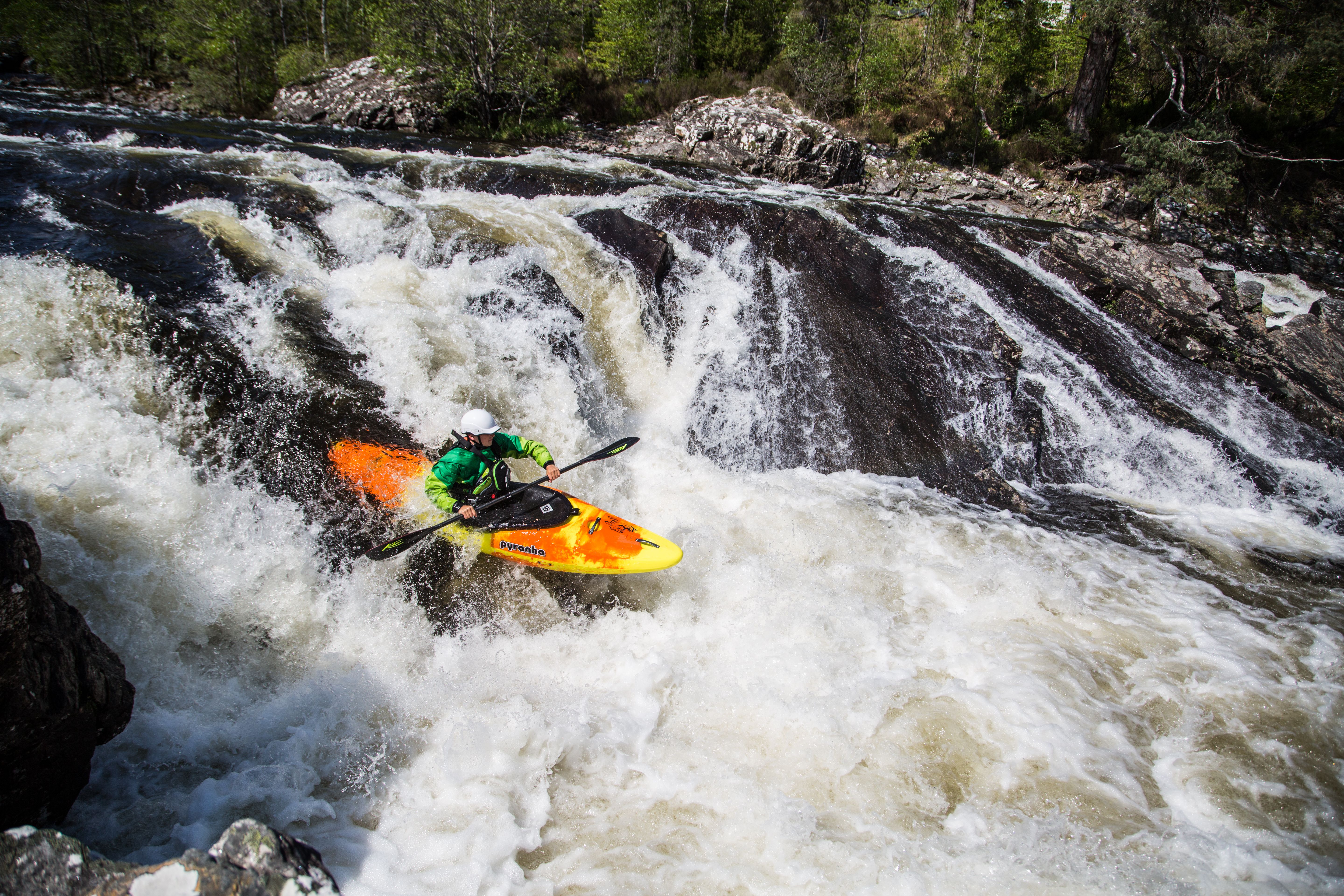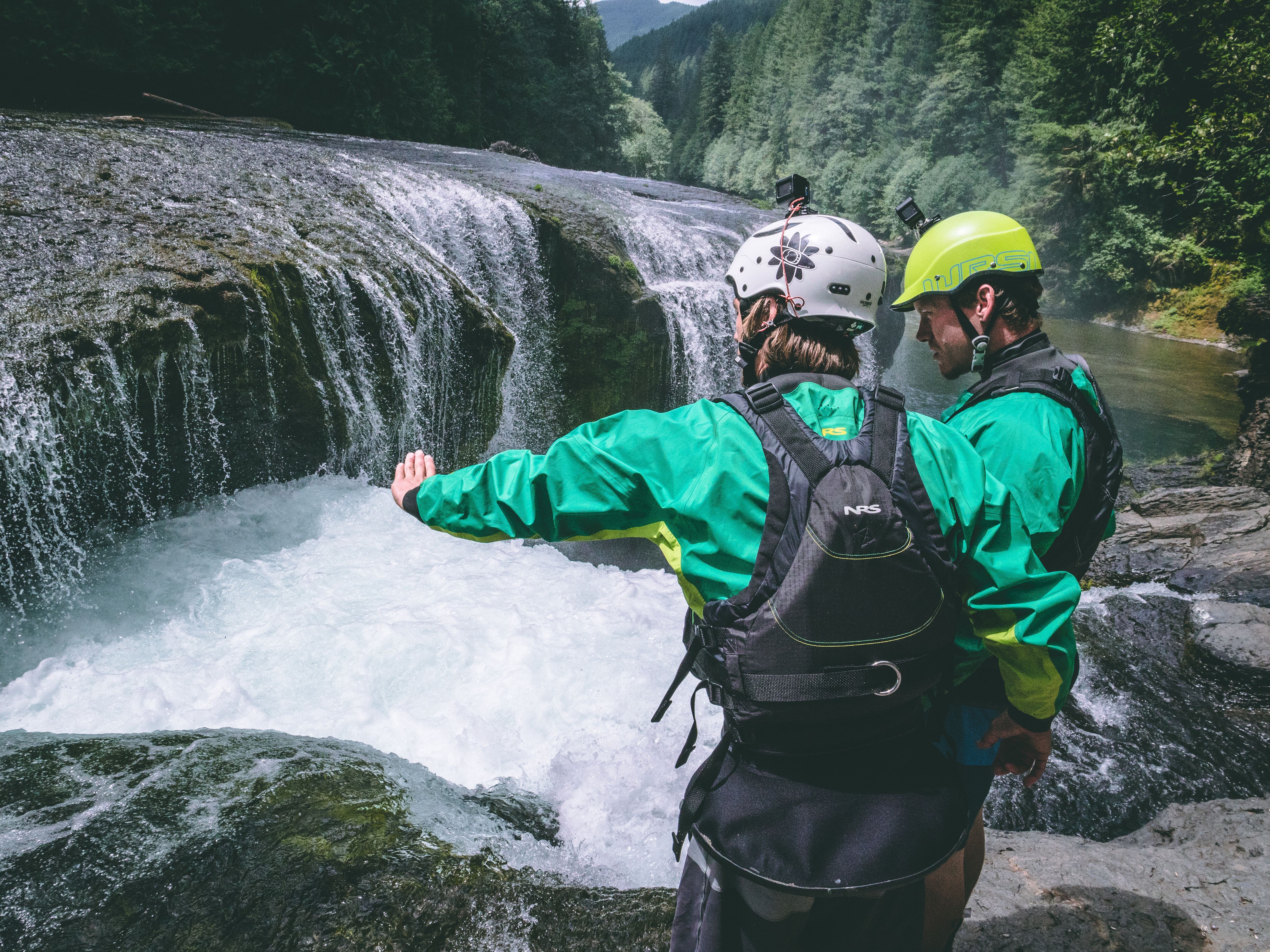A drysuit is an essential piece of gear for any kayaker, canoeist, or paddle boarder who wishes to paddle in cold waters but is looking to stay dry and warm.
We all know how it feels to be wet and cold... Not the greatest feeling, right?
With proper care and maintenance your drysuit will last many years. Allowing you to paddle comfortably in almost any conditions - massively extending the 'British summer' and allowing you to make more use of your paddling toys!
Clean your drysuit
Cleaning your drysuit regularly is about so much more than not stinking! Much damage that occurs to waterproof materials is caused by fine particulates which work there way through the weave in the outer fabric, impeding breathability, but worse acting as sandpaper to create tiny holes in the waterproof layer - regularly rinsing your suit will not only prevent this, but will help with the social aspect too ;-)
- Avoid smelly gear
Ever forgot your gear in a bag after boating? Yup, so have we.
Rinse your kit in fresh water after use (especially if you are boating in silty water or seawater) so that you don't find your suit crumpled and reeking the next time you want to use it.
- Avoid abrasion and fabric damage
Hand wash your suit using your hands or a brush with soft bristles to get rid of dirt, sand and residues of saltwater or sunblock. (skip the washing machine and dry cleaning, to avoid damage to zippers and gaskets).
We recommend using Nikwax Tech Wash - a mild detergent specifically designed for waterproof textiles.
After washing, hang your suit inside out using a suit hanger and avoid sunlight.

Maintain your Durable Water Repellent (DWR) Coating
Manufacturers give a DWR treatment to drywear fabrics so that water beads up on the surface rather than soaking into the fibres. This can help with the ingression of dirt and stains so has both a cosmetic and functional benefit to you.
However, there are two benefits which vastly outweigh these. An effective water repellant layer maximises the breathability of your dry-wear, and minimises the water held within the fabric which not only makes your gear heavier than it needs to be, but vastly increases the transmission of cold as water is a far better conductor than trapped air...
This treatment is relatively long-lasting. If you use a non-detergent technical wash for example, you would not expect to need to reapply every time you wash your drysuit. The exact frequency comes down to where and how you use your drysuit - lots of sand or salt tends to accelerate the break down of the coating, as does sweat. The best way to measure this is simply to pay attention when paddling! If the outer layer of your suit is no longer beading, then at the very least rinse and dry your suit and try it again the next time - If the second time the same thing happens to a clean suit, then you know it is time to reapply your DWR.
There are many good DWR replacement treatments available. We use Nikwash TX Direct Spray-on for best results. (simple to use, just spray the product on and wait for it to dry.)
How to store your drysuit
Storing your drysuit correctly is a must. These techniques will help you prevent damage:
- Dry your suit thoroughly before storage.
- When storing at home, hang your suit on a thick hanger, in a cool, dark place (like your closet). If you do not have closet space, fold the suit loosely without twisting the zippers and store it in a dark plastic blag.
- Keep your kit out of direct sun and avoid leaving it in closed, hot vehicles as sun damages gaskets and can affect seam taping.
- Take special care when transporting your drysuit to avoid damaging the zippers.
- Do not store your gear in rooms with combustion sources.
- Avoid storage places with high heat and humidity
Zipper care
- Regularly clean and lubricate zipper teeth to help them open and close more smoothly and to prevent damage. (try this Gear Aid Zipper stick)
- Avoid bending a dry zipper (replacing a broken zipper can be quite expensive)
- When closing the zipper, line up the two halves and slide the zipper with a smooth, steady motion.
- Never force a zipper (even if tempting...) When having difficulty, check the zipper, clean out any sand, salt or grit and lubricate the zipper teeth.
Gasket maintenance
The drysuit gaskets and seals help prevent water from entering your neck, wrists and ankles.
You might feel that new latex gaskets are not too comfortable initially, but don't worry - they will stretch over time and you can always speed the stretching process by placing something slightly larger than your neck, wrist or ankle in the gasket and leaving it overnight. (Tip: avoid Vaseline!)
Clean gaskets after use, as sunscreen, insect repellent and other chemicals can damage latex. (Apply 303 UV Protectant if you want to go the extra mile. Failing this, a water based lubricant like Ky Jelly).
Even with the best of care, gaskets will eventually need to be repaired or replaced. Make sure to do so as soon as you see any signs of tearing.
If you are out on the water and need an emergency repair, we recommend keeping a neoprene-based contact cement that dries up quickly in your repair kit; as this will help you to keep going until you repair or replace the gaskets.

To keep in mind...
A drysuit will help you stay warmer and drier on the water but it is important to maintain your gear to prolong its lifespan and to get the most out of your kit!
Get in touch for more info!
We would love to hear from you


Prolonging the lifespan of your drysuit